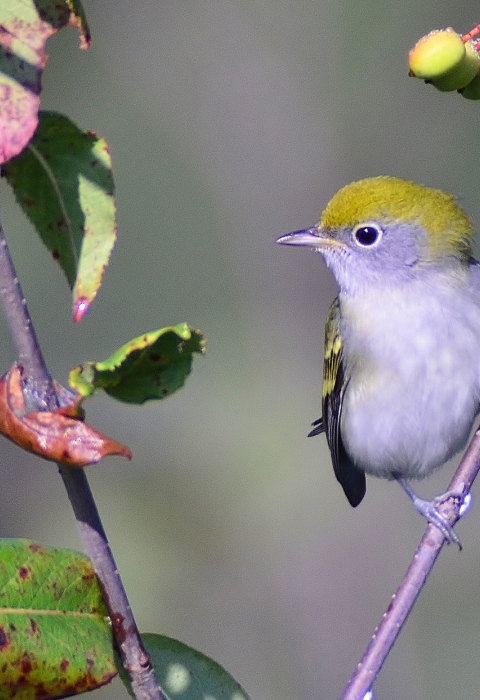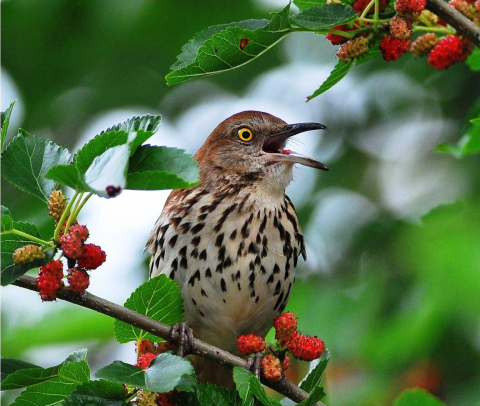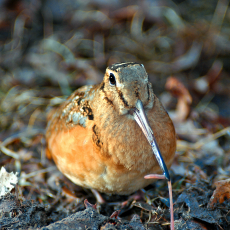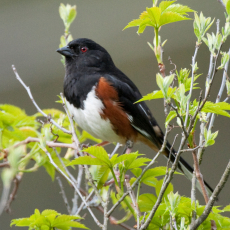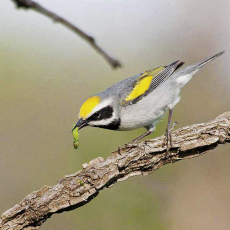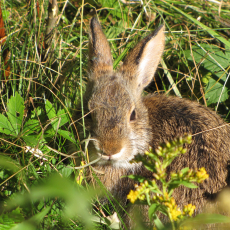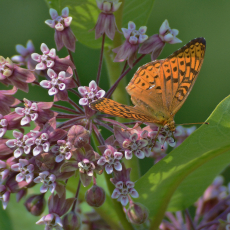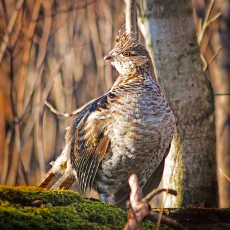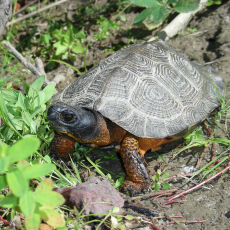Early Successional Habitat Supports Diverse Wildlife
Many animals need young forest and shrubland, often referred to as early successional habitat: Mammals like bats, bobcats, cottontail rabbits, and snowshoe hares. Birds like towhees and indigo buntings, American woodcock and whip-poor-wills. Reptiles such as wood turtles and green snakes, plus pollinating insects.
Northeastern states identify more than 60 kinds of wildlife that require early successional habitat as "Species of Greatest Conservation Need" in their State Wildlife Action Plans.
They include rare and imperiled animals like the New England cottontail and golden-winged warbler, as well as more-abundant creatures such as wild turkeys, white-tailed deer, and black bears. Birds that mainly inhabit older woodlands also find important food in areas of young forest.
We Can Help
Today, because humans have largely controlled the natural disturbance processes that once created ample young forest and shrubland, we need to continually make and refresh those habitats in key places so that wildlife can thrive. That's what the Young Forest Initiative is all about.

